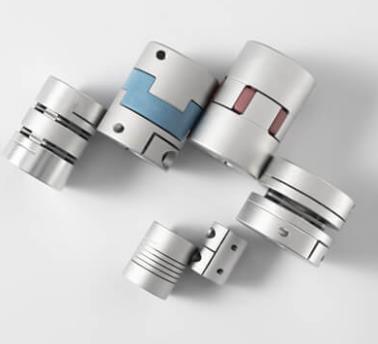How to correctly select Shaft coupling?
The shaft coupling is used in various host products, but the Shaft coupling is different in different cases because of the complex working environment. So how do you pick the right Shaft coupling?
For the working environment of high temperature, low temperature, with oil, acid, and alkali medium, it is not suitable to choose the flexible Shaft coupling with the general rubber as the elastic component material, and the flexible Shaft coupling with the metal elastic component should be selected, such as diaphragm Shaft coupling, serpentine spring Shaft coupling, etc..
Shaft coupling should be selected according to the actual conditions and requirements of the users, taking into account the above factors, from the existing standard Shaft coupling to select the most suitable Shaft coupling varieties, types, and specifications.

In general, the existing standard Shaft coupling can meet the needs of different conditions. Because the driving torque of the power machine and the load moment of the working machine are unstable, and the dynamic load caused by the impact caused by the manufacturing error of the transmission parts and the unbalanced centrifugal inertia force of the parts, it makes the drive shaft system move under the variable load (periodic variable load and non-periodic impact load) and produce mechanical vibration, which will affect the service life and performance of the machinery and destroy the normal working conditions of instruments and instruments when the total stress or alternating stress exceed the allowable limit respectively, the parts will be damaged or fatigue damage.
When designing or selecting Shaft coupling for transmitting torque and motion, torsional vibration analysis and calculation should be carried out, the aim of which is to obtain the natural frequency of the Shaft system, to determine the critical speed of each order of the engine, thus, the additional load and stress caused by torsional vibration are calculated.
The basic principle is to match the mass, stiffness, damping, and the magnitude and frequency of the interference force of the system reasonably, so that the transmission device does not operate in the range of the speed in the resonance region, or there is no strong resonance phenomenon in the range of operating speed.
Another effective method is to use the flexible Shaft coupling in the shafting to reduce the natural frequency of the shafting and to use its damping characteristics to reduce the torsional vibration amplitude






